1. Using Coffee Grounds as Fertilizer Everywhere
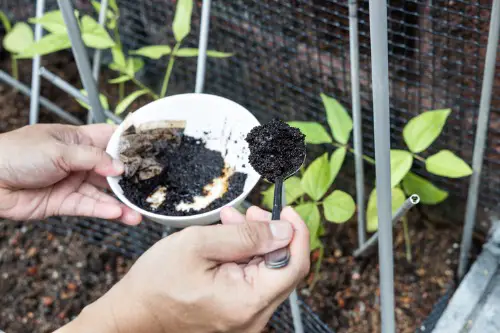
Everyone loves the idea of repurposing coffee grounds, right? The problem is that while a little sprinkled in soil can help some acid-loving plants, dumping them everywhere can actually stunt growth. Coffee grounds are high in nitrogen, but in thick layers, they compact and create a barrier that water struggles to penetrate. That means your roots could literally be drowning in a nutrient mess.
People also assume that coffee grounds will naturally enrich the soil quickly, but they decompose slowly and can tie up nitrogen in the process. Over time, this can starve other plants of essential nutrients. Plus, certain plants are extremely sensitive to acidity shifts, so your supposedly “eco-friendly” hack might just be a recipe for disaster. Bottom line: moderation is key, and not every plant is on board with your caffeine obsession.
2. Dumping Used Beer in the Garden

Beer as a slug repellent sounds clever, but the truth is grim. Slugs and other pests may be attracted to the sugar, making them stick around longer rather than disappear. The alcohol content also isn’t enough to harm pests significantly, but it can damage tender seedlings.
Pouring beer into the soil can also upset the delicate balance of microbes your garden relies on. Too much sugar and yeast can encourage harmful fungi and bacteria to flourish. That means your soil, which you’re trying to “feed,” might start working against your plants. Plants like leafy greens are especially sensitive to these sudden microbial shifts.
3. Overusing Vinegar as a Weed Killer
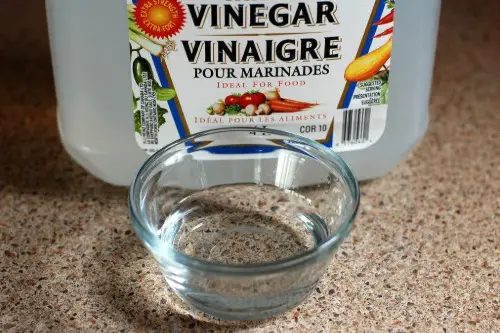
Vinegar is often championed as a natural weed killer, but it doesn’t discriminate. That acidic splash can harm your surrounding plants just as easily as it kills weeds. Even a small overspray can scorch roots and leaves in a heartbeat. Gardeners sometimes underestimate how persistent vinegar is once it hits the soil.
Not only that, but vinegar changes the pH of your soil temporarily. Many garden plants prefer a neutral pH, so a single application can stunt growth or prevent nutrient absorption. The irony? Your “eco-friendly weed control” might be the fastest way to ruin a healthy bed of flowers or veggies. Think of it like tossing a grenade instead of pulling weeds by hand.
4. Using Eggshells as Slug Deterrents
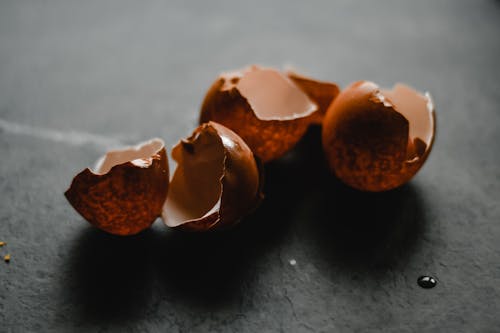
Crushed eggshells are often suggested to keep slugs off your plants. Sounds brilliant, right? Except slugs are surprisingly flexible and can just slither over or around them. The shells rarely create a meaningful barrier, so your plan mostly just looks rustic.
Eggshells also break down slowly, and in the meantime, they don’t contribute much to soil nutrition. Many gardeners assume they’re a calcium jackpot, but unless finely ground, plants can’t absorb it efficiently. Instead of healthy growth, you’re left with messy bits that do little to stop pests. It’s a charming idea that mostly just adds cleanup work.
5. Watering With Leftover Tea

Tea leaves can make for a gentle compost addition, but pouring brewed tea straight onto your plants is risky. The tannins in tea are acidic, which can throw off soil pH if used repeatedly. Acid-loving plants might be fine, but most vegetables and flowers don’t love daily acid baths.
Also, tea is essentially water with organic compounds, which means it can encourage mold growth if poured in excess. That’s a quick path to root rot or leaf fungus. A hack meant to be nourishing can quickly become a fungal breeding ground. It’s one of those “eco-friendly” tricks that looks innocent but quietly undermines your garden.
6. Layering Newspaper Around Everything
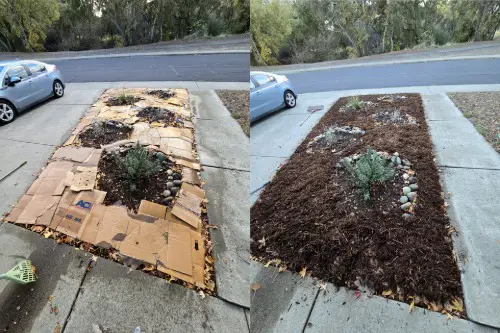
Newspaper mulch seems like a sustainable way to suppress weeds. The problem? Thick layers can smother your soil, preventing air and water from reaching roots. Some plants simply can’t breathe under the paper blanket, and you’ll start seeing wilting or yellowing leaves.
Even when wet, newspaper decomposes slowly and can repel water instead of retaining it. Add in colored inks, which may contain chemicals, and your “safe” mulch could be a subtle stressor for plants. That crunchy layer might feel like a win for your eco-conscious instincts but is actually a root-level nightmare.
7. Using Crushed Citrus to Repel Pests
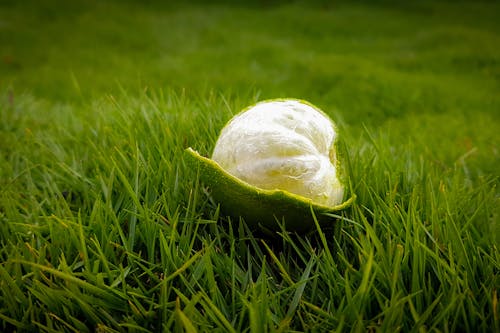
Many gardeners sprinkle lemon or orange peels around their plants hoping to repel bugs. In reality, the citrus oils can burn tender seedlings. They also don’t have the repellent effect many assume—pests often just move around them.
Citrus peels can also acidify the soil if left to decompose in place. That’s a problem for plants that prefer neutral or slightly alkaline conditions. Instead of protecting your garden, you could be creating tiny pockets of soil stress. Your vibrant seedlings might be the first casualties.
8. DIY Compost Without Balance

Everyone loves the idea of composting kitchen scraps, but tossing everything in without considering ratios is a plant killer. Too much “green” material like veggie scraps or coffee grounds leads to nitrogen overload. Too many “browns” like leaves or paper slow decomposition and can rob the soil of nitrogen.
An imbalanced compost pile can generate heat that’s too high or attract pests. Both extremes stress plants when you apply the finished compost. Gardeners often think any compost is good compost, but improper DIY mixtures can harm roots instead of feeding them.
9. Spraying Plants With Soap Water
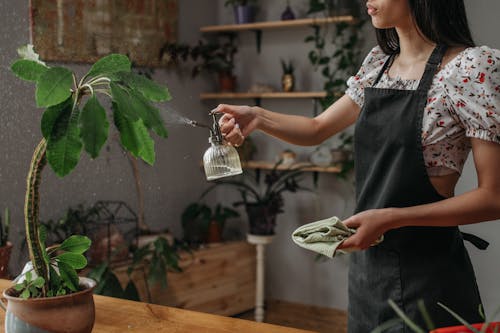
A mild soap solution can treat certain pests, but overuse is dangerous. Concentrations that are too strong strip leaves of their protective coating. That makes them vulnerable to sunburn, disease, and dehydration.
Even natural soaps contain compounds that plants can’t tolerate in excess. Leaves may brown and curl, and flowers may drop prematurely. This “eco-friendly” pesticide can quickly become a plant assassin if applied liberally. It’s a careful balancing act most DIYers underestimate.
10. Using Manure Without Composting
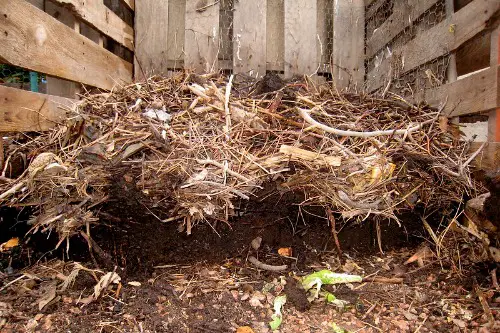
Fresh manure is often touted as a natural fertilizer, but it’s essentially raw nitrogen and pathogens waiting to wreck your garden. Apply it straight from the source, and you risk burning roots and contaminating edible plants.
Uncomposted manure can also carry bacteria like E. coli or Salmonella. That’s a serious health hazard if you’re growing vegetables. The idea is noble, but the execution can be deadly for both plants and humans. Your “green” garden hack suddenly feels like Russian roulette.
11. Overcrowding Plants to Save Space
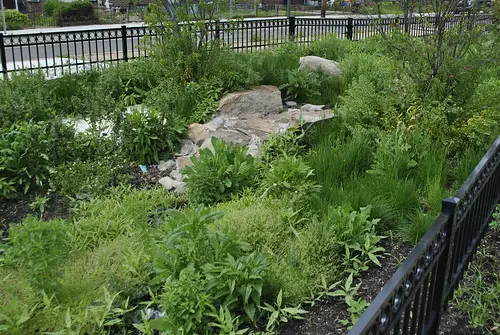
Planting densely to save garden space might seem eco-friendly—you’re maximizing soil use. The downside is brutal: plants compete for water, sunlight, and nutrients. Crowded roots struggle, leaves shade each other, and airflow drops, creating ideal conditions for mold.
Many beginner gardeners think a “lush” bed is a healthy bed, but it’s often a stress zone. Diseases spread faster, and pests move quickly from plant to plant. What starts as an environmentally-conscious idea turns into a rapid-growth disaster.
12. Relying on Rainwater Alone
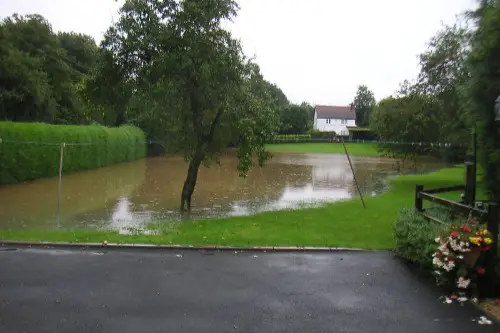
Rainwater is a superstar for gardens, but depending on it exclusively can be harmful. Inconsistent rainfall means roots may dry out between showers. Plants stressed by sporadic watering are more prone to disease and slow growth.
Additionally, rainwater lacks essential nutrients found in balanced fertilization. Assuming rain is enough is an easy mistake for eco-conscious gardeners. The result? A supposedly sustainable garden that’s actually gasping for both water and nutrients.
This post 12 “Eco-Friendly” Garden Hacks That Mostly Just Kill Plants Faster was first published on Greenhouse Black.
